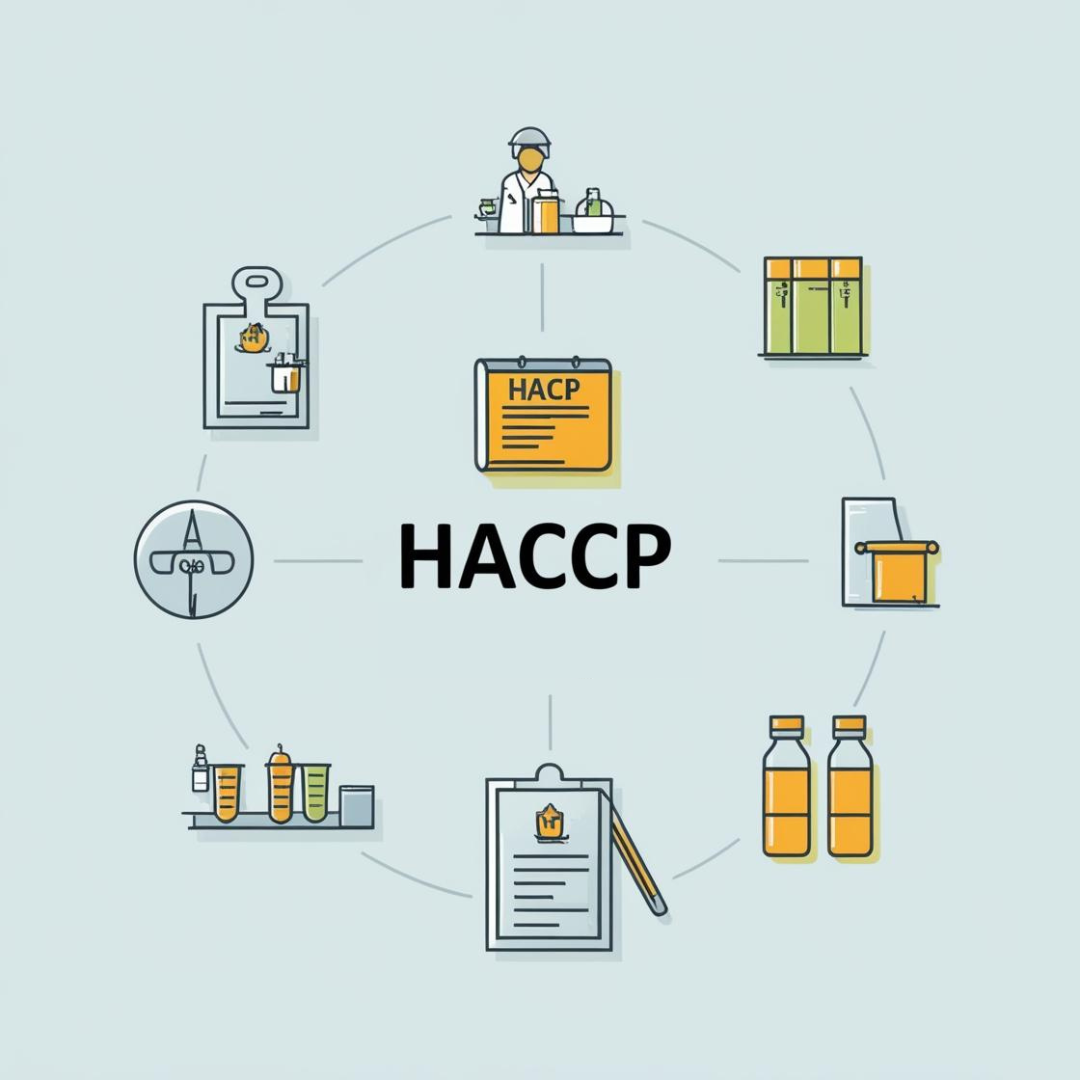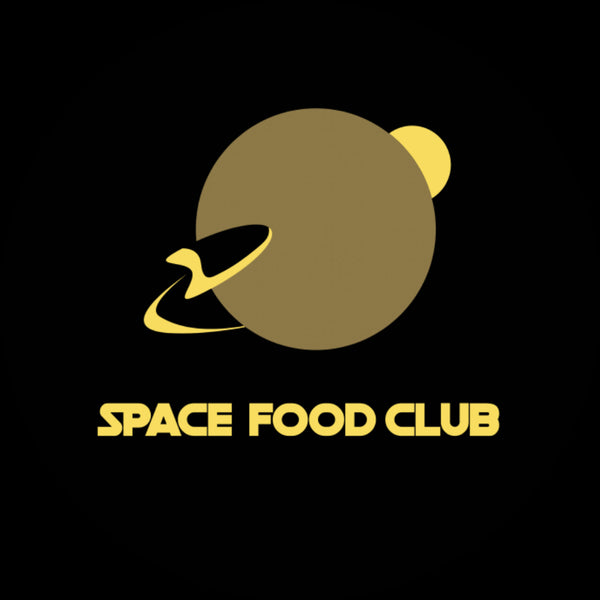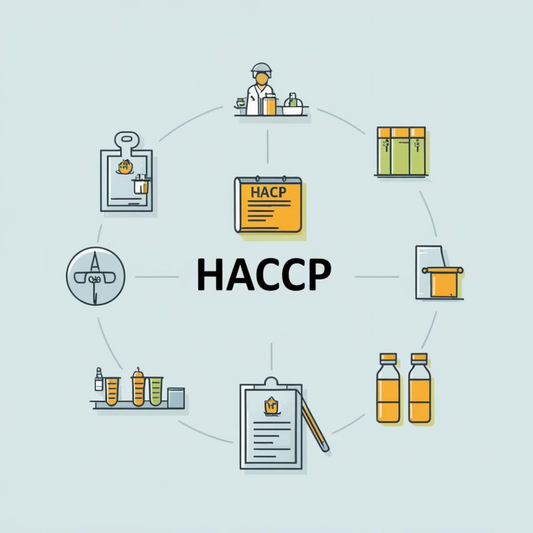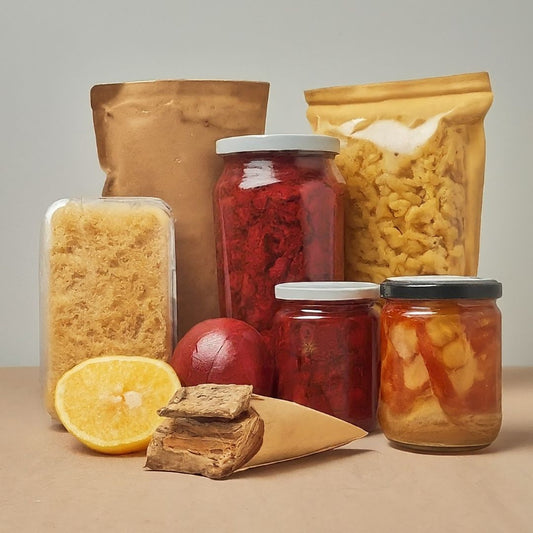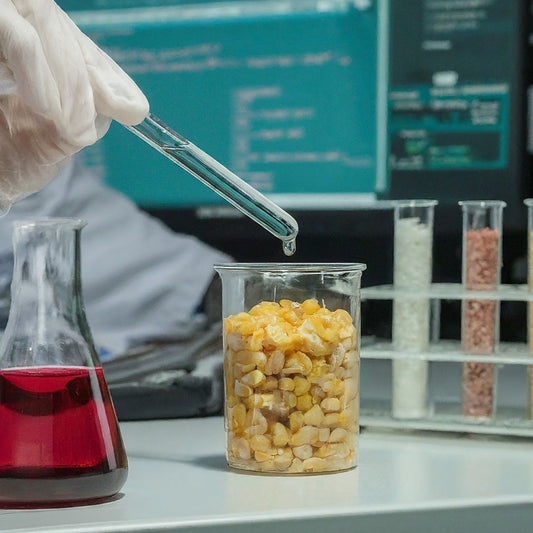What Do Astronauts Eat in Space?
Share
Missions to space are challenging in many aspects and feeding astronauts is one of them. The preparation and preservation of food for this type of trip requires the use of advanced technologies. In one of the most extreme environments known to man, how do we ensure astronauts get the nutrients they need? That’s where the fascinating world of space food comes in.
With our new lesson plan, students develop a clear idea of how advanced technologies are used to produce food for space. They will step into the shoes of a food scientist by simulating laboratory processes like freeze-drying, all while having fun along the way.
We spoke with Ana Yuste, a passionate biology teacher and the author of our new lesson plan, for some extra insights on what makes space food so fascinating and how you can bring the topic to life in the classroom.
What’s so different about food in space?
Space food is crucial for astronauts' health and performance during long-duration missions. In space, microgravity affects everything from digestion to metabolism. According to Ana, “Because of the lack of gravity, fluids in astronauts' bodies shift towards their heads, which can lead to a sensation similar to having a blocked nose. This reduces their sense of taste and smell, making food less enjoyable.” As a result, astronauts must consume food that is nutritionally complete but also flavour-packed to compensate for the diminished senses.
Space food also presents unique technological challenges. Traditional preservation methods, like refrigeration, are not always viable, so alternative techniques like freeze-drying and thermostabilisation are used to ensure food remains safe, nutritious, and long-lasting.
